This review is taken from PN Review 269, Volume 49 Number 3, January - February 2023.
on The Waste Land
Matthew Hollis, The Waste Land: A Biography of a Poem
In Different Voices
The Waste Land was in its forty-fifth year and Eliot two years dead when the poem hypnotised me at A-Level. That was the year of Eliot’s commemoration stone in Westminster Abbey, though charges of antisemitism were beginning to damage the reputation of this poet-critic, once at the heart of the paradigm shift of literary modernism.
From its first appearances (in The Criterion, The Dial, commercially from Boni and Liveright and then Hogarth Press) the poem divided critics. Reviews in England were sparse and negative, but much more numerous and half-positive in America. In time the American avant-gardists – Eliot, Pound and the Imagists – would be reviled for their derailment of the ‘cardinal traditions of English verse’ (in Robert Conquest’s phrase). These traditions had been represented through the war decade by Monro and Marsh’s Georgian Poetry series, the lesser poetry of which Eliot satirised as ‘inbred’. The war had killed off the most promising of new voices and Thomas Hardy’s ‘modern style’ had proven controversial.
However, even by the time of The Waste Land Eliot had begun to shore his ruins with some fine literary criticism, which would quickly establish his authority. The critic F.W. Bateson remembered at Oxford in the early 1920s, ‘The Sacred Wood was almost our sacred book. It was Eliot the critic who prepared us to welcome Eliot the poet, and not vice versa as apparently at Cambridge.’ The sweeping confidence of Eliot’s literary allusions in the poem were matched by magisterial ...
The Waste Land was in its forty-fifth year and Eliot two years dead when the poem hypnotised me at A-Level. That was the year of Eliot’s commemoration stone in Westminster Abbey, though charges of antisemitism were beginning to damage the reputation of this poet-critic, once at the heart of the paradigm shift of literary modernism.
From its first appearances (in The Criterion, The Dial, commercially from Boni and Liveright and then Hogarth Press) the poem divided critics. Reviews in England were sparse and negative, but much more numerous and half-positive in America. In time the American avant-gardists – Eliot, Pound and the Imagists – would be reviled for their derailment of the ‘cardinal traditions of English verse’ (in Robert Conquest’s phrase). These traditions had been represented through the war decade by Monro and Marsh’s Georgian Poetry series, the lesser poetry of which Eliot satirised as ‘inbred’. The war had killed off the most promising of new voices and Thomas Hardy’s ‘modern style’ had proven controversial.
However, even by the time of The Waste Land Eliot had begun to shore his ruins with some fine literary criticism, which would quickly establish his authority. The critic F.W. Bateson remembered at Oxford in the early 1920s, ‘The Sacred Wood was almost our sacred book. It was Eliot the critic who prepared us to welcome Eliot the poet, and not vice versa as apparently at Cambridge.’ The sweeping confidence of Eliot’s literary allusions in the poem were matched by magisterial ...
The page you have requested is restricted to subscribers only. Please enter your username and password and click on 'Continue':
If you have forgotten your username and password, please enter the email address you used when you joined. Your login details will then be emailed to the address specified.
If you are not a subscriber and would like to enjoy the 289 issues containing over 11,600 poems, articles, reports, interviews and reviews,
why not subscribe to the website today?
